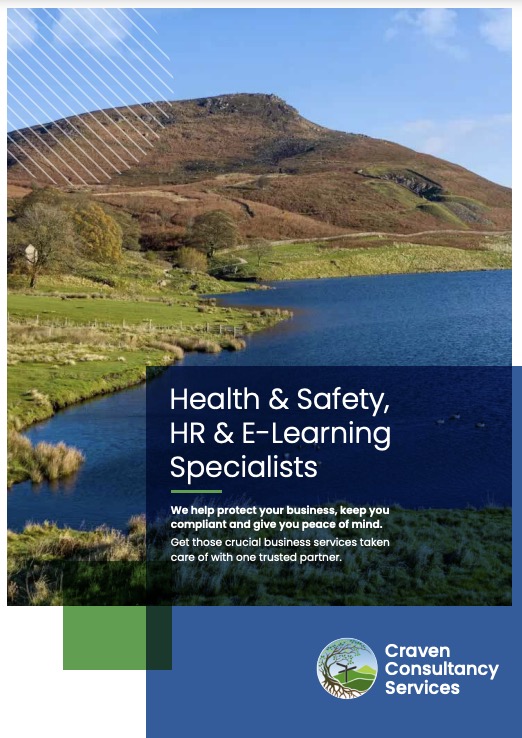1. Introducing working safely
It’s not unusual for delegates coming on an introductory course to think that accidents only happen to ‘other people’. This module stresses the realities of the human suffering behind the statistics and emphasises the importance of personal responsibility.
2. Defining hazard and risk
This module puts ‘hazard’ and ‘risk’ into everyday language, and uses familiar examples to show what can happen. Importantly, it makes it clear that even something that is very simple or repeated over and over again can go wrong, with serious consequences. Focusing on the six broad hazard groups and risks they come across in their own work. ‘Risk assessment’ is demystified – delegates
learn that we all carry out informal assessments day in, day out.
3. Identifying common hazards
All the main issues are covered in this module – entrances and exits, work traffic, fire, chemicals, electricity, physical and verbal abuse, bullying, stress, noise and the working environment, slips, trip and falls, and manual handling. Each area is backed by crystal clear examples and recognisable scenarios, and useful summaries reinforce the key learning points.
4. Improving safety performance.
This module deals with systems and processes, making sure that any jargon is explained in easily understood terms. The session bridges the gap between management and workforce, encouraging delegates to play a part in processes that are commonly seen as just down to their manager or supervisor. Other areas including contract work, inspections, safe systems and permits, protective
equipment, signage, emergency procedures, reporting and health checks – are all focused on from the delegate’s point of view
5. Protecting our environment.
A short but effective introduction to waste and pollution leads into a look at how organisations and individual team members can get involved in reducing environmental impacts. Memorable and thought-provoking facts and figures help drive the point home.





